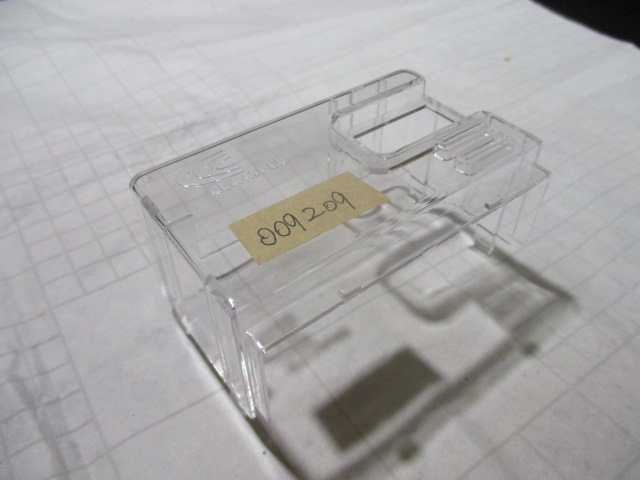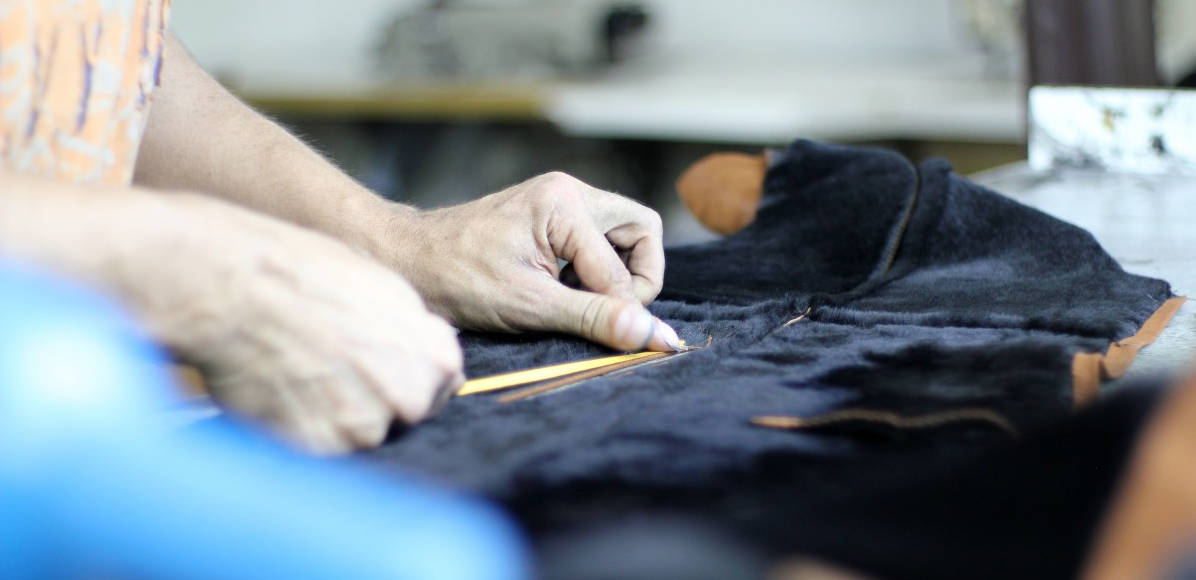
Inspecting plastic parts is a critical step in ensuring the quality, functionality, and durability of products made from plastic. This comprehensive process involves a variety of techniques and standards designed to evaluate different aspects of the parts, from their dimensional accuracy and physical properties to their aesthetic appearance and performance under various conditions. This article will guide you through the essential steps and methodologies involved in inspecting plastic parts, highlighting the importance of each step and offering insights into how to effectively implement these practices.

Contents
Introduction
Plastic parts are integral to numerous industries, including automotive, aerospace, consumer electronics, and medical devices. Given the wide range of applications and the diverse properties of plastic materials, the inspection process must be meticulously planned and executed. It involves not only the detection of defects but also the verification of compliance with specific standards and the product’s intended use.
Understanding Plastic Characteristics
Before diving into inspection methods, it’s crucial to understand the characteristics of plastics that can affect their performance:
- Thermal properties such as melting temperature and thermal expansion.
- Mechanical properties including strength, flexibility, and impact resistance.
- Chemical resistance to ensure durability against corrosive substances.
Visual Inspection
The first line of defense in quality control is a visual inspection. This step involves examining the surface of the plastic parts for any visible defects such as scratches, dents, discoloration, or warping. Visual inspection can be performed manually by trained inspectors or through automated systems using high-resolution cameras and image processing software to detect flaws.
Dimensional Inspection
Dimensional accuracy is crucial for the fit, function, and assembly of plastic parts. Techniques used in dimensional inspection include:
- Calipers and Micrometers: For measuring length, depth, and thickness.
- Coordinate Measuring Machines (CMM): For precision 3D measurements of complex geometries.
- Optical Comparators: For inspecting shapes and outlines.
Material Testing
Material testing is conducted to ensure that the plastic parts possess the required physical and chemical properties. Common tests include:
- Tensile Testing: Measures the material’s strength and elongation.
- Impact Testing: Determines the material’s toughness and resistance to sudden forces.
- Thermal Analysis: Assesses the material’s behavior under various temperature conditions.
- Chemical Resistance Testing: Evaluates the material’s durability when exposed to chemicals.
Functional Testing
Functional testing simulates the real-world use of the plastic parts to ensure they perform as intended under operational conditions. This could involve load testing, wear and tear analysis, and fatigue testing.
Environmental Testing
Plastic parts may also undergo environmental testing to assess their performance under various climatic conditions. Tests can include exposure to UV light, moisture, extreme temperatures, and salt spray to evaluate resistance to weathering and corrosion.
Compliance with Standards
Ensuring compliance with relevant standards is a critical aspect of the inspection process. Standards may be set by organizations such as the American Society for Testing and Materials (ASTM) or the International Organization for Standardization (ISO). These standards provide guidelines on the acceptable limits for various properties and defects.
Advanced Techniques
For more detailed analysis, advanced techniques can be employed:
- Spectroscopy: For identifying the chemical composition of the plastic.
- Microscopy: For examining the microstructure of the material.
- Computed Tomography (CT) Scanning: For non-destructive 3D internal examination.
Automation in Inspection
The advancement in technology has enabled the automation of inspection processes, increasing efficiency and accuracy. Automated inspection systems can quickly identify defects that might be missed by the human eye, providing consistent and reliable results.
Quality Assurance Documentation
Documentation is a vital component of the inspection process, providing a record of compliance and quality control measures. This includes inspection reports, test results, and certifications that may be required by customers or regulatory bodies.
Conclusion
Inspecting plastic parts is a multifaceted process that requires a deep understanding of material properties, precise measurement techniques, and rigorous testing protocols. By adhering to stringent inspection standards and employing both traditional and advanced methodologies, manufacturers can ensure the production of high-quality plastic parts that meet the demands of their applications. As the industry continues to evolve, the importance of effective inspection processes will remain paramount in achieving excellence in product quality and reliability.




